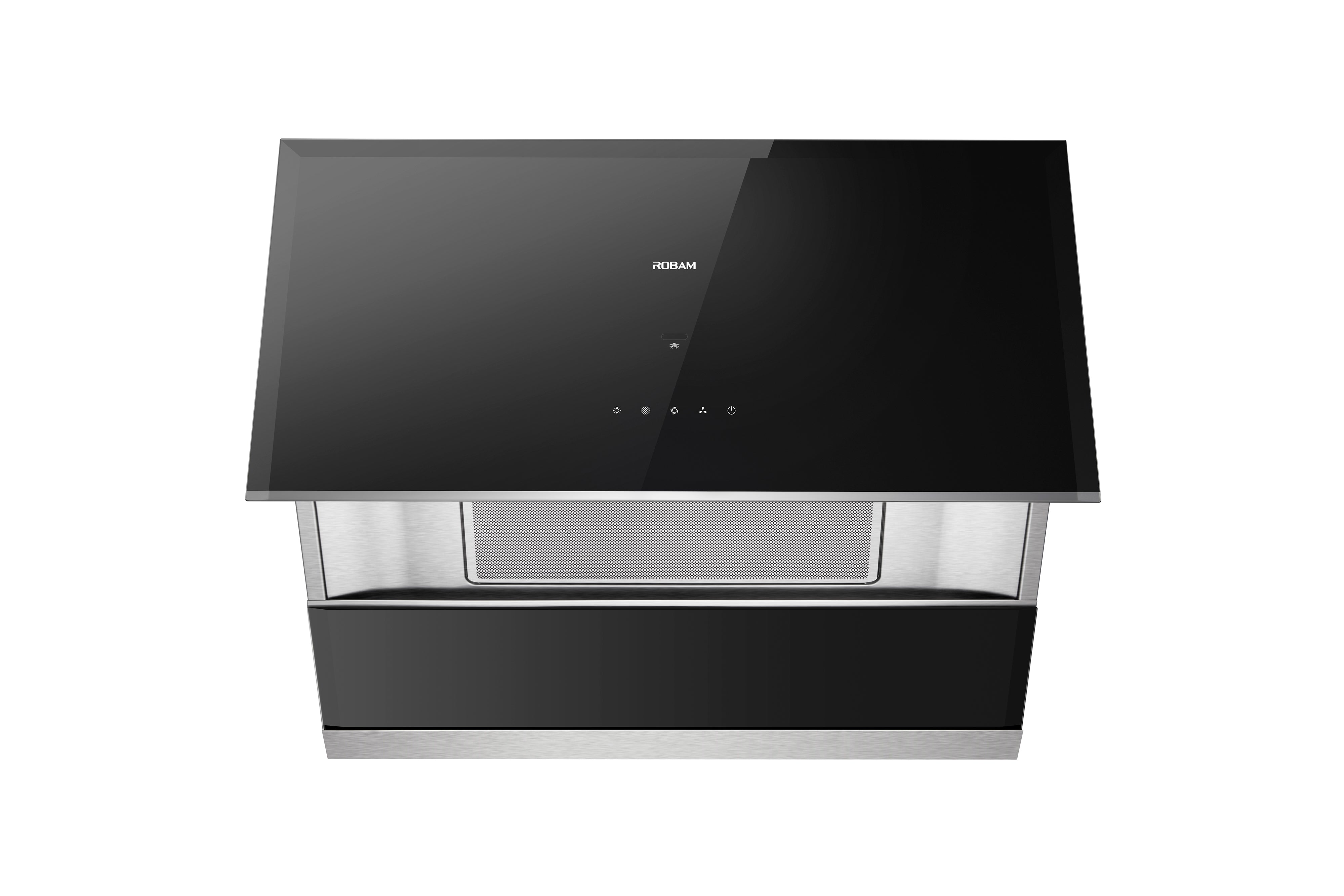Kitchen appliances are versatile and can help make various food prep and cooking processes easier. One such versatile appliance that many people use for defrosting and reheating is a microwave. However, microwaves don’t allow for as much temperature control or moisture retention as another kitchen appliance: the steam oven. Steam ovens are growing in popularity, and their ability to easily defrost and reheat food is part of why. A quick guide to the defrosting and reheating process is below.
Defrosting Tips
If your steam oven doesn’t have a defrost setting, you need to program it manually. While defrosting temperatures and times can change based on the type, amount, and thickness of the food that you’re defrosting, the general rule is that you should defrost your food quickly.
Set your steam oven to convection steam, which combines dry and wet heat so that the food doesn’t dry out or start to cook as it defrosts. Program the temperature at 100 degrees Fahrenheit for smaller amounts of thin food and at 120 degrees Fahrenheit for larger amounts of thick food. Program a temperature within this range for medium food amounts and medium thicknesses. Allow the steam oven to run for 10 to 20 minutes.
Reheating Tips
If your steam oven doesn’t have a defrost setting, you can manually program it to reheat individual servings or larger food portions. Similar to defrosting, the suggested temperatures and times can change based on the amount and type of food.
Set your steam oven to convection steam, allowing for a combination of dry and wet heat. This allows food to return to a safe, delicious eating temperature without drying out. Program the temperature to 250 degrees Fahrenheit. Smaller individual servings may reheat well at a lower temperature, while larger containers full of food may need a slightly higher temperature. Allow the steam oven to run for roughly 10 minutes. Increase or decrease the time based on the amount and type of food.
Container Tips
While defrosting your food, make sure the moisture has somewhere to go. Otherwise, the defrosting ice will collect in a puddle underneath your food, making it soggy. Place the food in a container with holes in the bottom, such as a steamer, and put that container on top of another container with a solid bottom. This lets the ice melt off your frozen food and drip into a different container.
While reheating your food, remember that the heat will transfer to both the dish and the container it’s in. It’s safe to place various materials, from China to metal, in a steam oven. However, these materials can get very hot. Use an oven mitt or similar protective device when removing reheated food from your steam oven.
This quick guide to defrosting and reheating in a steam oven provides ideal temperatures and times and reminders of what type of containers to use. If you want to start defrosting and reheating food in your kitchen with a steam oven, ROBAM can help. Our countertop combi oven will easily fit in your kitchen and provide the versatile settings you need for efficient food prep and cooking.



















